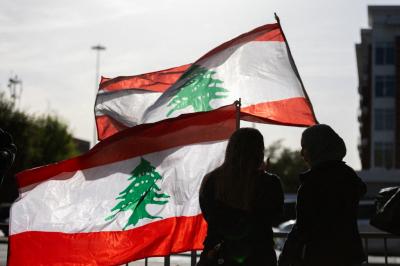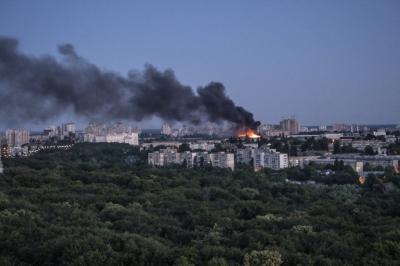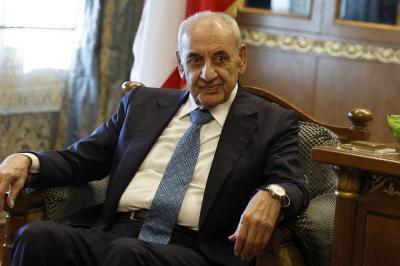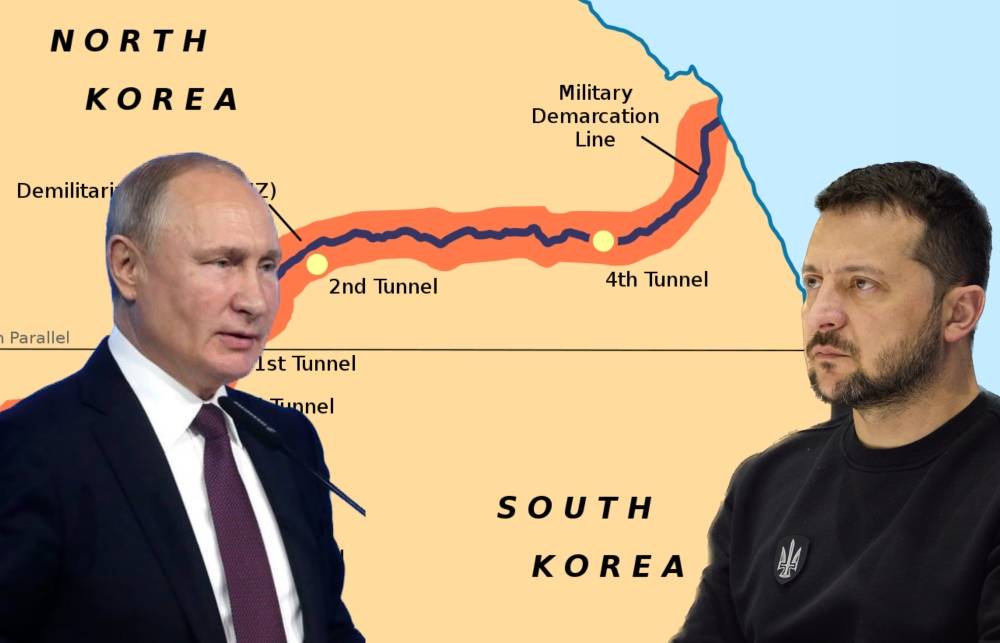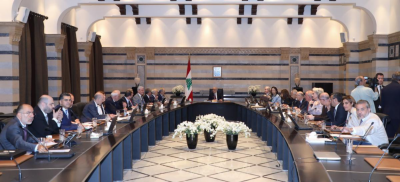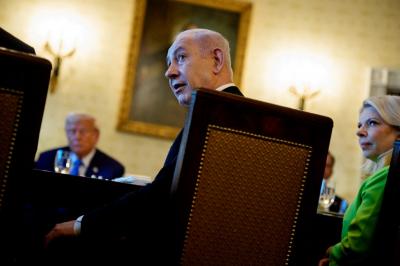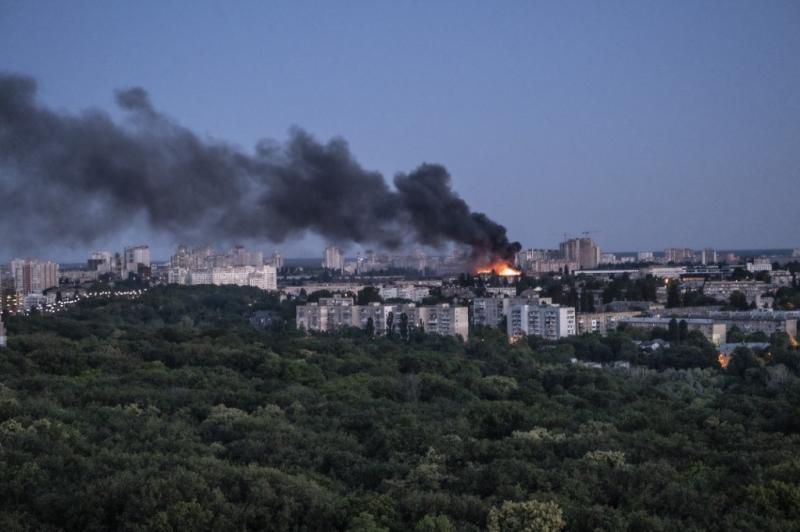The Ukrainian counter-attack offensive has just shaken the battlefronts, revealing the true nature of a Western offensive concealed behind the Ukrainian mask. This new offensive stands out significantly from previous summer and autumn attacks, thanks to its rapid advancement and ambitious strategic objectives. However, its main distinctive feature so far has been its extreme slowness, with modest gains limited to the outskirts of heavily fortified Russian positions that have held for nearly a year. Western analysts have exercised caution regarding premature optimism for quick results, predicting instead the continuation of the offensive for several months before observing the fruits of their efforts.
Ukrainian vulnerabilities have not been masked by the arrival of Western tanks and cannons in Kiev, especially after the demonstrations of Russian suicide drones "Lancet 3" brilliantly confirmed their superiority over their American counterparts "Switchblade," annihilating the reputation of the German tank "Leopard 2" and relentlessly targeting American armored vehicles such as the "Bradley." Simultaneously, weaknesses within the Russian apparatus have been exposed, particularly in the border provinces with Ukraine, thus prompting opponents of Moscow to strike Russian cities, even conducting drone attacks against the Kremlin itself. Additionally, the recently exposed rift between the "Wagner" military group led by Yevgeny Prigozhin and the Russian army cannot be ignored. It is worth noting that the escalation of this issue could further undermine the morale of Russian forces.
The explosion of the Nova Kakhovka dam has become an alarming headline, marking the beginning of a new war with the declared objective of the West to push Russia into negotiations from a position of weakness. However, this outcome seems unlikely, probably due to the Russian desire to avoid past defensive failures in Kharkiv, Kherson, and Zaporizhia. President Vladimir Putin, on the other hand, is counting on victory in this war, regardless of its duration, which he still refers to as a "special military operation." His plan is to deplete the flow of Western weapons and gradually disarm Ukraine, convinced that destroying the enemy's arsenal is the best way to gain ground and strengthen Russian forces. However, the gamble of the West, particularly its rival Joe Biden, goes against this approach.
The negotiations that U.S. Secretary of State Antony Blinken discussed with his Western counterparts today were supposed to begin before the outbreak of the war, while not disregarding Russian concerns. These concerns have proven costly for Russia, Ukraine, Europe, and the rest of the world. The choice to launch a counter-attack to weaken Russia and impose a Treaty of Versailles-like agreement carries the risk of even more disastrous consequences than those of the Treaty of Versailles imposed on Germany after World War I. Moreover, the escalation in Ukraine could potentially lead to a direct confrontation between Russia and NATO. The possibility of deploying Russian tactical nuclear weapons in Belarus is a striking example of the inherent dangers in such a conflict.
The war in Ukraine continues with no signs of an imminent resolution. On the contrary, the warring forces continue to exhaust themselves, mobilization is at its peak, battles are raging, and the devastation is reaching catastrophic proportions. So far, it is evident that Russia has failed to achieve its goal of fully occupying Ukraine, and it is unlikely to do so in the future. Its troops are struggling to maintain control over the eastern and southern regions, unless the Kremlin decides to resort to tactical nuclear weapons, which is, however, unlikely despite speculations.
Despite Western support for Ukrainian forces, direct intervention by NATO seems unlikely, making the idea of driving the Russian army out of Crimea and Donbass highly implausible. Western public opinion is increasingly unfavorable towards such a costly war of this magnitude, making direct engagement by NATO highly improbable.
In these circumstances, a military resolution to this conflict seems out of reach for the moment. Therefore, the war could prolong without a prospect of a solution, especially as history is replete with examples of conflicts that lasted for years before being deemed futile, like the Iran-Iraq war.
So, what about a diplomatic solution? Despite multiple mediation attempts between Moscow and Kiev to cease hostilities and initiate political negotiations to resolve the conflict, both parties have rejected these initiatives, bolstered their positions, and intensified their demands. Perhaps it is because each believed themselves to be in a position of strength. At the beginning of the war, Moscow had the illusion that it was on the verge of seizing the entire Ukraine, including its capital, before realizing that annexing the Ukrainian state was impossible without resorting to weapons of mass destruction. On the other hand, Kiev, after pushing back Russian forces and convincing itself that it could swiftly reclaim every inch of its territory, has realized that this objective is far from easy to achieve, even with the support of Western weaponry.
As for the most probable scenario, it is highly conceivable that this war will result in a stalemate, similar to the end of the Korean War in 1953, which left both Koreas divided by a demilitarized zone along the 38th parallel. Since then, all diplomatic initiatives aimed at reunifying the Korean Peninsula and bringing Seoul and Pyongyang closer together have failed.
 Politics
Politics

